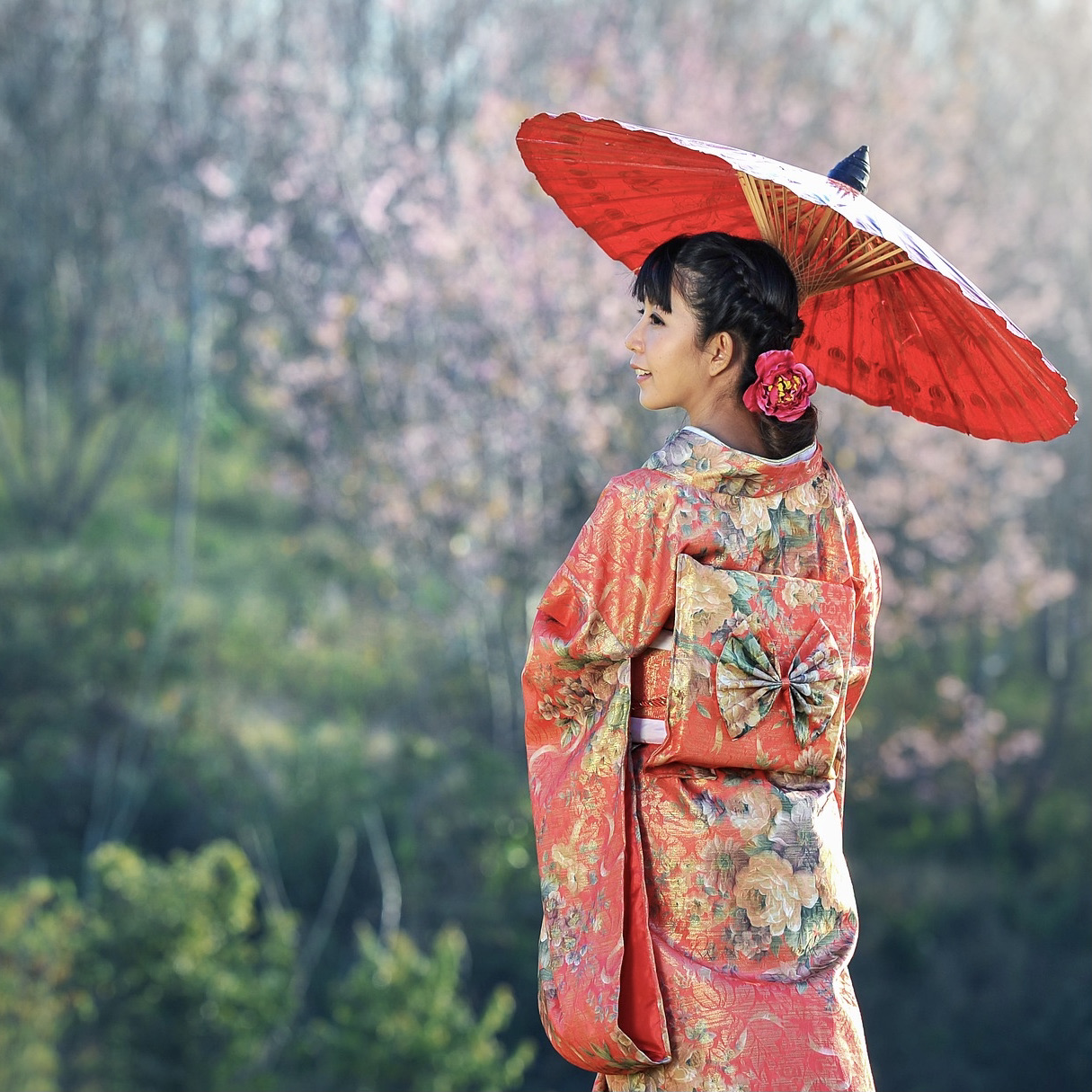【 Traditional Culture in Japan 】
Traditional Japanese culture has been handed down from generation to generation while valuing the traditional forms. In particular, traditional Japanese culture related to clothing, food, and housing has been deeply involved in people’s lives to this day. Kimono, Japanese food, and Japanese architecture are representative traditional cultures that attract people living abroad. Today, I would like to introduce 5 traditional Japanese cultures that I would like to share.
○ Tatami
Tatami mats are flooring materials made from the rush plant. Along with fusuma and shoji, it is an important element that makes up a Japanese-style room. The weaving and gluing techniques used to make tatami mats, which have been handed down since ancient times, are a culture that should be handed down to future generations.
Flower arrangement, tea ceremony, and judo are all performed in tatami rooms, and are closely related to various Japanese traditional cultures.
○Kimono
Kimono is a traditional Japanese national costume. The pattern drawn using various colors is beautiful like a work of art, and can be said to be a symbol of Japanese aesthetics. Kimonos are categorized into formal wear, visiting wear, and casual wear, and the type of kimono to be worn is determined according to the occasion. Also, it is considered good manners to choose the materials, patterns, and colors of a kimono according to the season.
○ Kabuki
Kabuki is one of Japan’s famous traditional performing arts and is registered as an intangible cultural heritage. It is a type of theater that was popular in the Edo period and loved by the common people. Actively incorporating the trends of each era, it is widely popular even today as a comprehensive art with elements of dance, dialogue, and music.
○Tea ceremony
Tea ceremony is the art of making tea and serving it to guests. In addition to the way the tea is made, the actions to entertain guests, the interactions between people, and the appreciation of tea utensils are also emphasized. Combined with the matcha flavor boom in recent years, Japanese culture is attracting attention from around the world. Matcha is sold as sweet all over the world, but real matcha is not sweet.
○ Calligraphy
Calligraphy uses Japanese ink and a brush to write characters on Japanese paper called hanshi, and express yourself through the strokes of the brush. Calligraphy is a traditional culture that is popular among people of all ages, as it is said to be good for cultivating intelligence and sensibility as well as for mental unification.
Did you know these cultures in Japan? If you are planning to travel to Japan, or if you don’t know about it, please check it out! If there is anything about Japanese culture that you would like me to explain in more detail in English, please let me know♪
【 日本の伝統文化 】
日本の伝統文化は、昔ながらのかたちを大切にしつつ、脈々と受け継がれてきました。特に日本の「衣・食・住」に関する伝統文化は、今日まで人々の生活に深く関わりがあります。着物や和食、日本建築は海外に暮らす人々をも魅了している代表的な伝統文化です。本日はその中でも、知ってもらいたい日本の伝統文化を5つ紹介します。
○畳
畳は、い草という植物から作られた床材です。襖や障子と並んで、和室を構成する重要な要素といえます。古くから伝わる、畳を作るための「織り」や「貼り付け」の技術は、未来に語り継がれるべき文化です。
華道や茶道、柔道などはすべて畳の部屋で行われており、さまざまな伝統文化とも密接に関係しています。
○着物
着物は日本の伝統的な民族衣装です。色とりどりの色彩を使い描かれる模様は芸術品のように美しく、日本の美意識の象徴といえます。着物には礼装や訪問着、普段着などの格付けがあり、場面によって着用する種類が決まっているのが特徴です。また、四季に合わせて着物の素材や模様、色を選ぶのがマナーとされています。
○歌舞伎
歌舞伎は日本の有名な伝統芸能の一つで、無形文化遺産に登録されています。演劇の一種で、江戸時代に流行し庶民に愛されていた娯楽です。時代ごとの流行を積極的に取り入れており、舞踊・セリフ・音楽の要素を持つ総合芸術として現代でも広く親しまれています。
○茶道
茶道とは、お茶を点てて客人に振る舞う芸道です。お茶の点て方のほか、客人をもてなすための動作や人々の交流、茶器の鑑賞なども重視されます。近年の抹茶味ブームと相まって、世界から注目されている日本文化です。世界では、抹茶は甘くして売られていますが、本物の抹茶は甘くありません。
○書道
書道は墨汁と毛筆を使って半紙と呼ばれる和紙に文字を書き、その筆運びで自己表現を行います。書道は知性や感性を養えるうえ精神統一にも良いとされており、幅広い世代に人気がある伝統文化です。
皆さんは、これらの文化を知っていましたか?
これから日本へ旅行に来る方、知らなかった方は一度調べてみてくださいね!
より詳しく英語で説明してほしい日本文化などありましたら、教えてください♪

